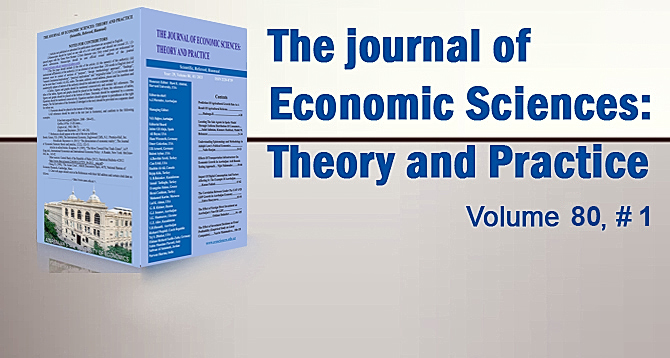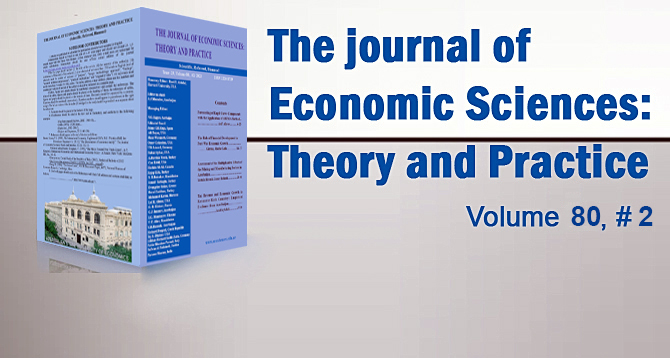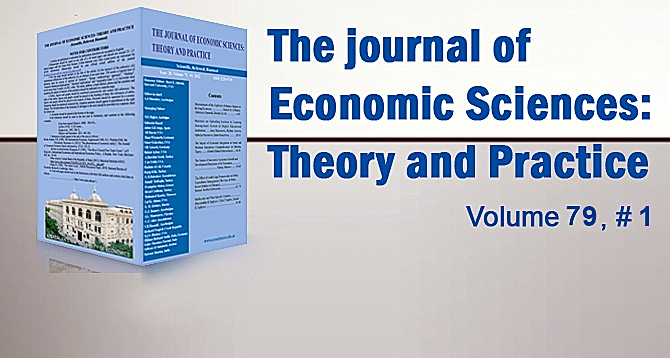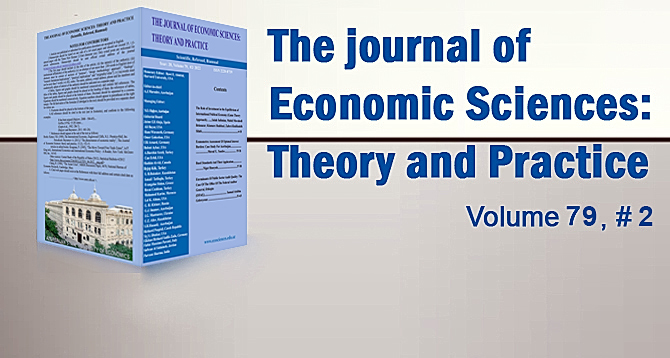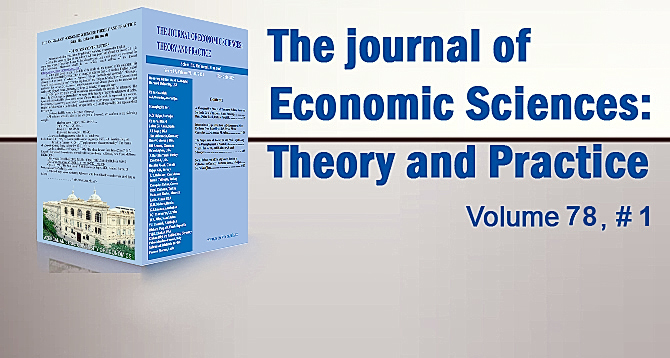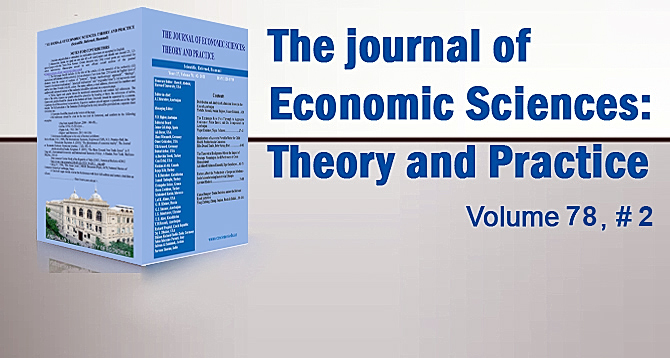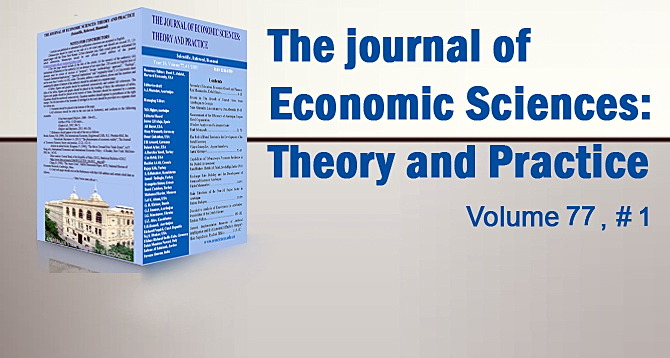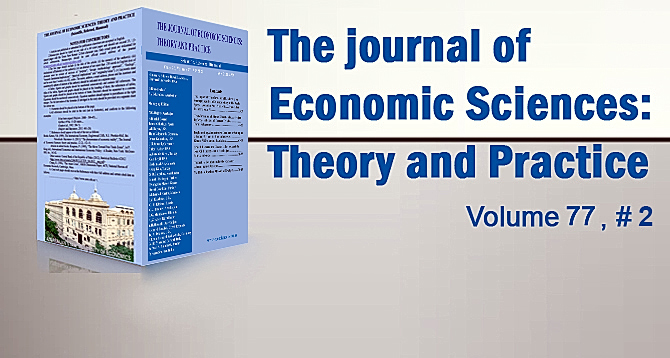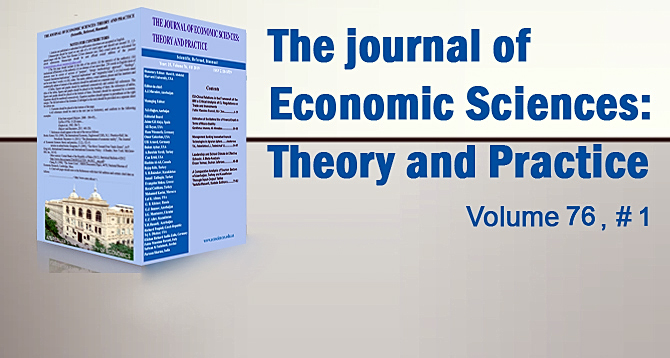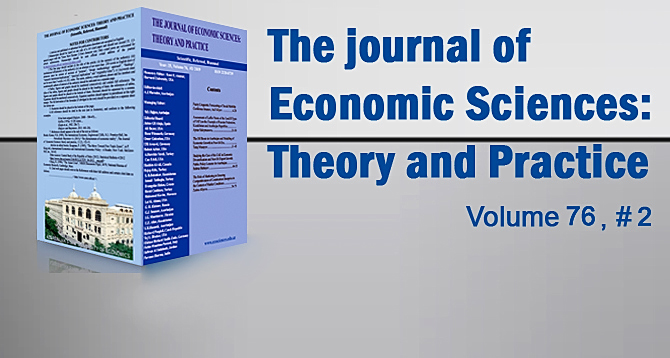Volume 74, #2 
“Economic Sciences: theory and practice” is scientific, refereed, biannual journal. The Journal of “Economic Sciences: theory and practice” has been founded by Azerbaijan State University of Economics in 1994.
The Journal has been received to registration in the centre of international ISSN (International Standard Series Number, ISSN-2220-8739). Also, it has been included by the Supreme attestation Commission under the President of Azerbaijan Republic to the list of scientific publications on economic sciences.
Multimedia
Dr. Hashim Al-Ali
Abstract
Somalia has a complex political, security, and developmental environment, and much of its recent past has been marked by poverty, famine, and recurring violence. However, in 2012, with the establishment of permanent political institutions and important military offensives, Somalia entered into a new period; a period where longer term peace seems possible. After decades of conflict and instability, a federal government was established, built through national dialogue and consensus. When this Federal Government was formed, Somalia was divided and with no clear path to reconciliation or unification. Somalia faced the significant challenge of simultaneously building a nation and institutions, whilst needing to immediately deliver tangible services to the Somali people. Hence, the challenges that Somalia faces are complex, multifaceted, and differ according to various political, social, and regional contexts.
The socio-economic conditions of the country are quite poor. Poverty cuts across sectors, locations, ethnic groups, and genders, and its forms and causes vary. An understanding of Somalia‘s geography, recent trends in its economy, and consequences of the civil strife is important when determining the nature and extent of its poverty. Approximately, 69 percent of Somali population lives below the poverty line. Poverty in Somalia is more pronounced in the internally displaced persons (IDP) camps, followed by rural and urban areas.
Notwithstanding, for Somali economy, it is absolutely necessary to efficiently manage and use the human and natural resources which God has given to the nation, to foster and maintain a positive rate of economic growth, reduce the poverty, and lessen the reliance on international donors’ assistance. The Government recognizes in order to achieve this goal new effective policies must be implemented and concerted national efforts are needed to encourage and carry out development and expansion of agriculture, livestock, fisheries, mining, infrastructure that facilitate development, especially transportation with different modes, marketing and primary productive sectors’ output related and inputs using manufacturing industries, with particular emphasis on value-chain activities and industries in which Somalia enjoys comparative advantages.
The principal objective of this paper is to analyse actual macroeconomic and fiscal characteristics and setting of the Somali economy, and to establish a realistic and consistent medium term macroeconomic and fiscal framework as well as deriving an economic and fiscal outlook, for the years 2017-2019 which is the time span for the recently completed Somali National Development Plan (SNDP). Such macroeconomic and fiscal framework and outlook, has been quantitatively structured and driven, through formulating and empirically articulating an aggregated macro-fiscal analytical modelling approach.
Key Words: Somalia, Medium Term Macroeconomic Framework, Fiscal Framework, National Development Plan, Aggregate Modelling Approach
JEL Classification: E21; E32; E52; E62
Buy PDF file (0) | Back | Top

